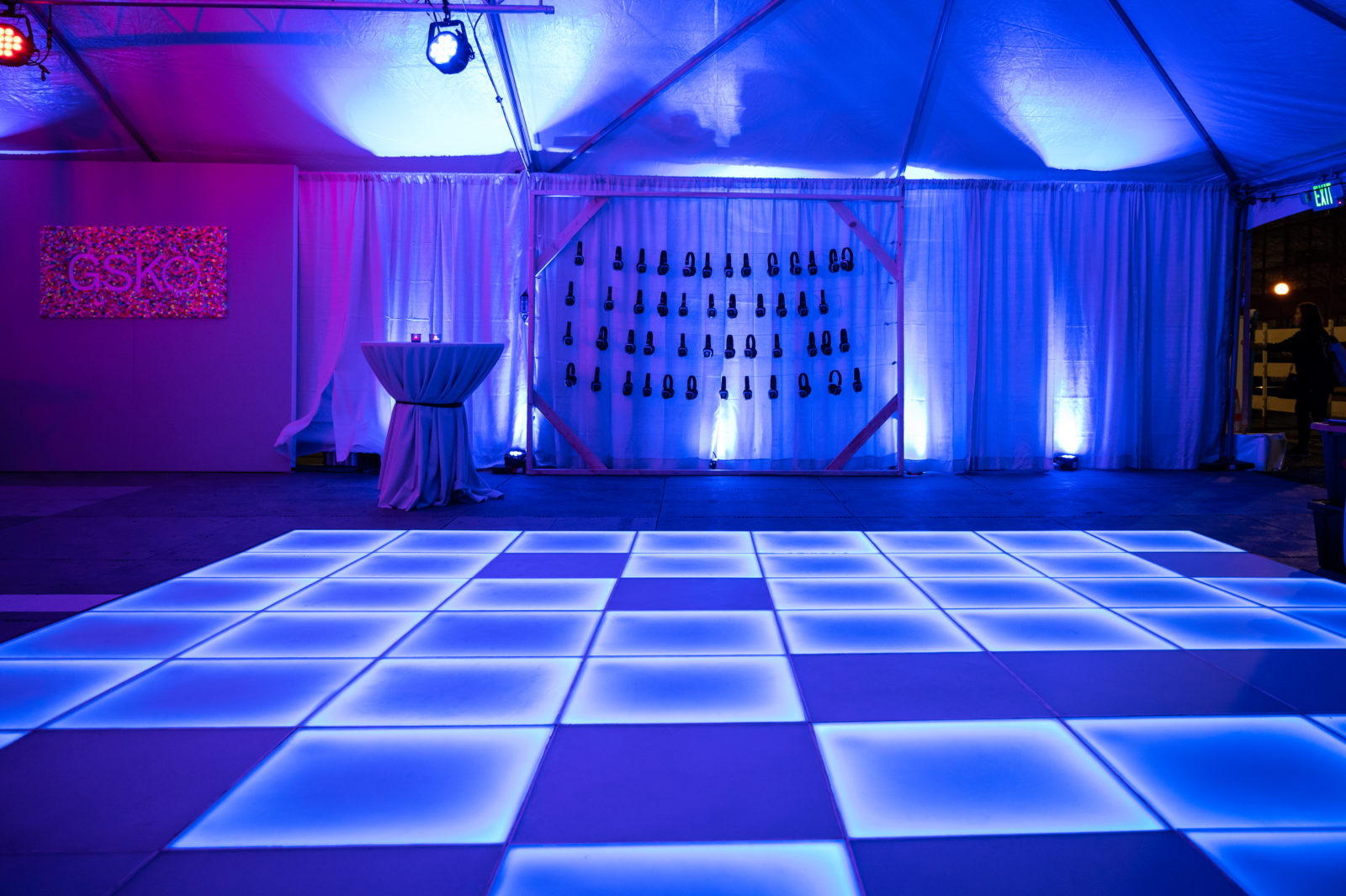Enhancing Ingenuity Through Shade Theory within Light Emitting Diode Movement Surface Creations
Enhancing Ingenuity Through Shade Theory within Light Emitting Diode Movement Surface Creations
Blog Article
Hue concept represents an important element of aesthetics, particularly as it relates to creating LED dancing floors. The interaction of hues can significantly affect the atmosphere and vibe of a venue. Through understanding how hues function together, creators can craft an environment that improves the overall encounter for participants. This article examines the basics of color principles and its use in LED dance floor layouts.
The primary hues are crimson, blue, and yellow. These colors cannot be made by mixing other colors together. Intermediate colors, such as emerald, orange, and violet, are formed by combining main hues. Third-level hues are created by mixing a primary color with a intermediate hue. Grasping these fundamental connections helps designers choose colors that enhance one another and produce a aesthetically pleasing display. Combining these colors on an light-emitting diode dancing floor can lead to dynamic and exciting effects that capture the focus of participants.
Hue value also holds a key role in design. Hues can be categorized as warm or cool. Hot hues, such as crimson, tangerine, and yellow, tend to evoke emotions of enthusiasm and heat. In opposition, chill hues like azure, green, and purple typically generate a serene and tranquil environment. Creators can use these color temperatures to establish the ambiance for different types of events. For example, a party atmosphere may benefit from warm colors that energize the audience, while a more relaxed event might use chill hues to offer a calming effect.
In furthermore to hue combinations and temperature, brightness and intensity are essential factors to consider. Luminosity refers to how bright or dark a color appears, while intensity indicates the intensity of a color. Bright, intense hues can create a lively and energetic environment, perfect for dancing surfaces. On the other hand, gentler, lower intense colors can create a more muted environment. Through manipulating brightness and intensity, creators can draw focus to specific sections of the dance you can try here floor or create sight routes, guiding dancers through the space.
Finally, it is crucial to take into account the emotional impacts of color in light-emitting diode dancing surface layouts. Different hues can elicit various feelings Continued and reactions. For instance, red is often linked with zeal and energy, while blue can be soothing and tranquil. Understanding these connections allows designers to strategically use colors to affect the behavior of dancers. Through integrating hue theory into LED dancing surface designs, creators can enhance the total encounter, making it memorable and pleasurable for everyone involved.